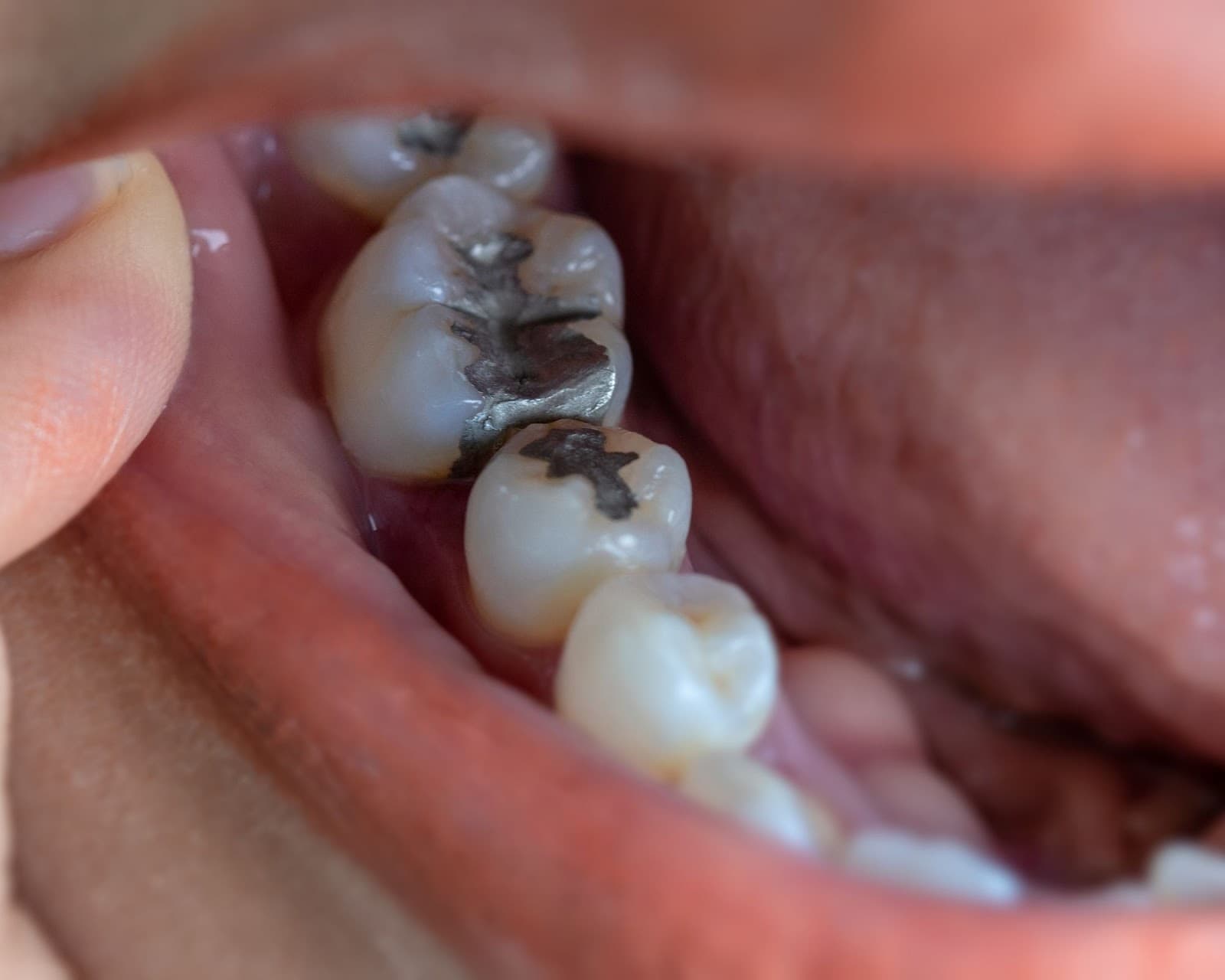
Prior to the 1960s, silver fillings were pretty much your only choice of filling. Fortunately, today we have filling options and one of those options is to get a composite, which is more commonly referred to as a white filling.
There are more differences between white and silver fillings than their color. The materials that they are made from greatly affect the way that they perform in your mouth. Keep reading to find out which option is best!
White Filling Myths
You may have heard something along the lines of “white fillings don’t last as long as silver fillings.” At one time, this phrase had a lot of truth to it. When composites first came out they didn’t last like their silver filling competitors. The material broke down quickly with time and often led to what we call filling leakage. Early white filling material had a quick setup time, making it more difficult for dentists to work with.
Fast forward a few decades and now composites are cured by light. Today’s composites are a flowable material which means that they are much easier to work with. Thanks to years of research as well as dentists testing out the white filling material being used, white filling can now last as long as silver fillings.
Benefits Of White Fillings
There are many great things about composite fillings. One of the more obvious benefits for composites is that they are white and can be matched to the shade of your own tooth. This helps them to blend in with your smile unlike the silver fillings.
Another huge benefit is that white fillings bond to your tooth. This added benefit helps to add strength to your tooth, and it allows your dentist to be extra conservative in how much tooth structure needs to be removed before placing a white filling.
When placing a white filling, only the decay needs to be removed and then filling material can be added. A light is used to cure the white material and it bonds with your natural tooth. When getting a silver filling, a light is not used to bond the material to your tooth. Thus, extra tooth structure must be removed so the silver filling has enough retention and stays put in your tooth.
Amalgams are more likely to lead to fractured teeth due to them not bonding with your teeth. Each time you chew on a tooth with an amalgam filling, the filling acts as a wedge in the tooth and causes slight splaying. Over time, this can lead to more fracture lines in the tooth.
A common concern for amalgam fillings is that they contain mercury. Each time an amalgam filling is heated up, it can off-gas mercury, which can have adverse health effects for some people. White fillings are free of mercury and don’t present this same risk.
Which Fillings Are The Best?
Composite fillings have become today’s standard of care. Most offices primarily place composite fillings but there are times yet where patients choose amalgam fillings over composites. This might be due to what their insurance will cover, or it may be due to composites costing slightly more than silver fillings.
White fillings must be kept 100% dry, or else they won’t bond properly to your tooth. There are rare times where it is hard to isolate a tooth enough to keep dry and do a white filling. There are also occasions in which a dentist may recommend a silver filling due to the location of the filling.
Knowing the pros and cons of white and silver fillings should help you feel more confident in your treatment decisions. Our dentists are happy to answer any questions you have regarding your fillings or dental treatment.



Leave a Reply